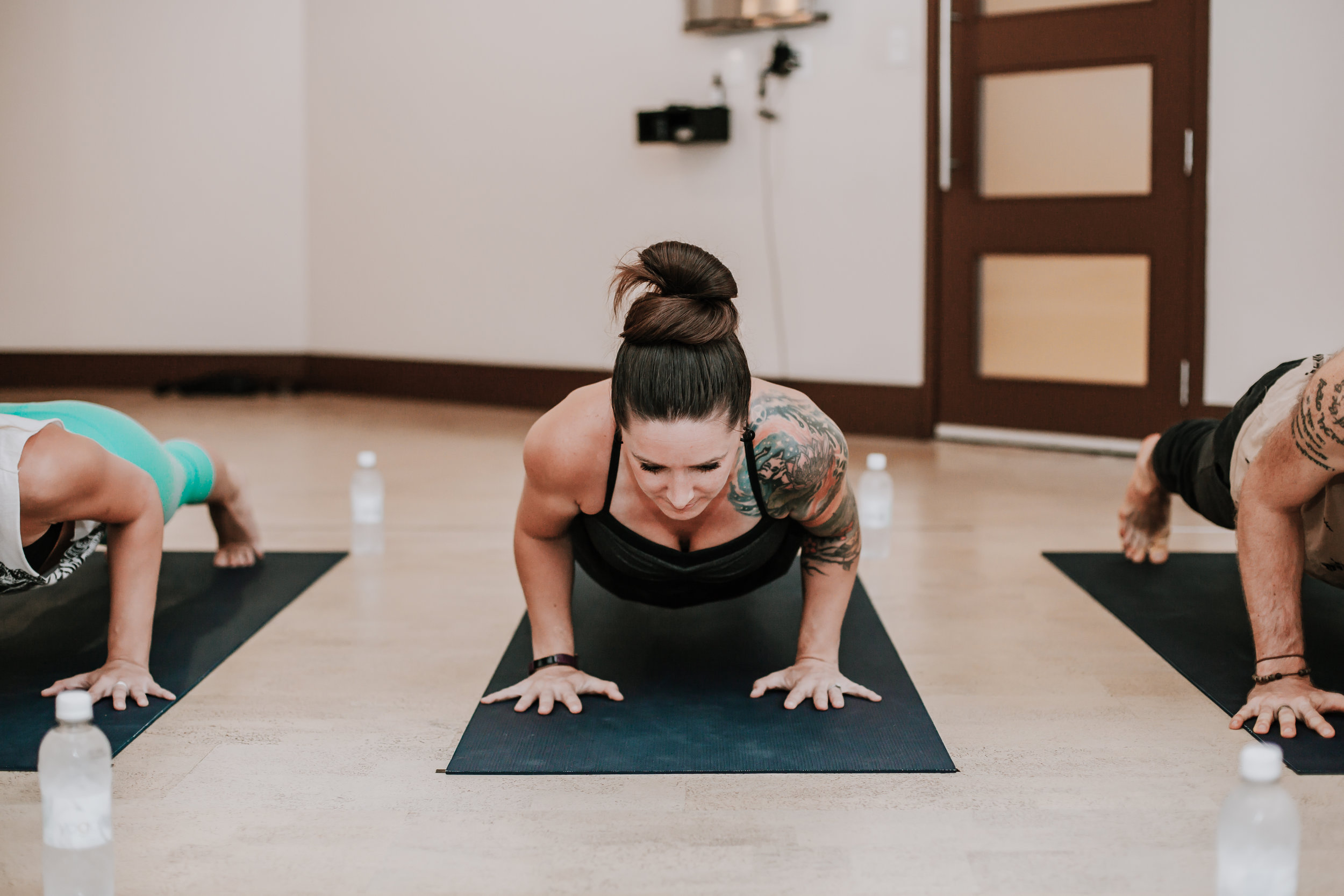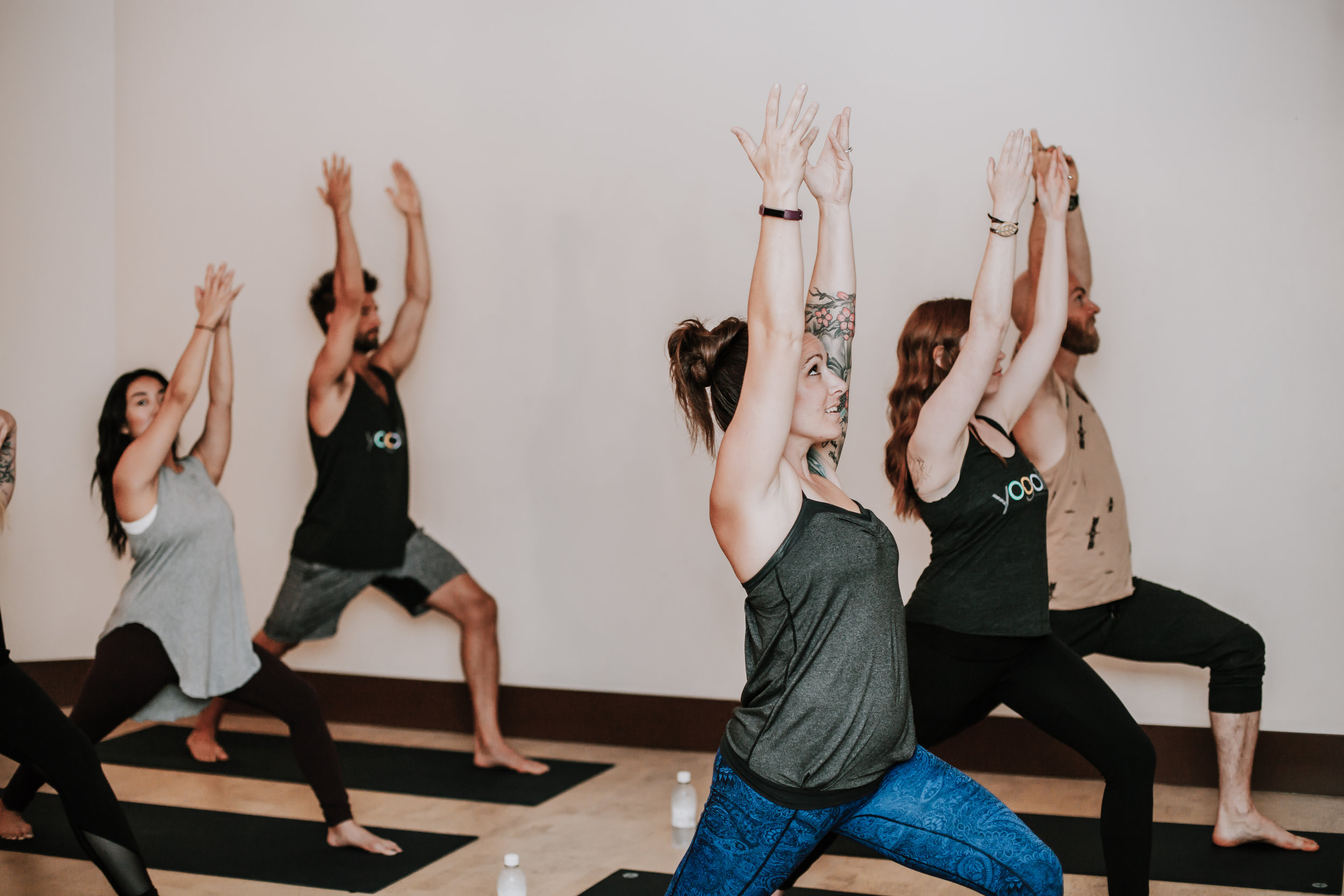Releasing Your Ego
“Leave your ego at the door.”
We all hear our instructors say it at least once during class in one form or another, but how often do we actually follow through? It can be hard to release the mindset that we have to do a more challenging asana or class only because we think we are just that good at yoga.
I appreciate the reminder from my instructor to leave my ego elsewhere at the beginning of class, but I would argue that one should abandon their ego well before class starts with that first savasana.
As an on-and-off yoga practitioner for the past 4 years, I’ve realized how often I let my ego interfere with my day-to-day decisions – whether it be within the class itself, or even allowing it to influence which class I choose to attend.
Thoughts that used to run through my head (and still do occasionally) include but are not limited to:
“I should take the more challenging class because I’m more advanced than the basic beginners class.
I should go deeper because I was able to last time. Most people in this class are going deeper so I should follow suit.
I work here; people expect me to be good at this, so I should try all the advanced variations of postures.
”
What came as a result of these types of thoughts? Feelings of inadequacy when I couldn’t achieve deeper postures, frustration at pushing myself through an advanced class when my body was protesting, painful muscles and joints that were likely challenged too much, and a restlessness that continued post class where I did not feel relaxed or at ease at all.
First off, I’m in no way saying that one shouldn’t challenge themselves in class. I think if you feel motivated to try an advanced posture or practice, by all means do it. Just reflect on your reason why. If your reason for going deeper is because you believe you’ve progressed enough in your practice to take on this challenge safely, and you feel it will enhance your mind and body then you’re working towards your own improvement. If your reason for going deeper into a posture, or even selecting a more challenging class is to inflate your perception of your abilities as a practitioner in lieu of serving your body’s needs then maybe your rationale is more ego driven.
When we allow pride to take precedence over doing what we know will feel better for our body and mind is when this attachment to satisfying the ego becomes toxic.
We start to do postures beyond our capabilities, and take classes that make us feel angry, frustrated and tired. We avoid classes that our body likely needs because we view them as “too gentle to be beneficial”. We side step restorative and instead take a powerful flow class. We avoid yin and instead force ourselves into a high level hot flow and at the end of it all we find the classes we choose because of our ego aggravate physical pains that yoga is typically supposed to alleviate. In this sense, pride can be a dangerous thing.
Again, having an appreciation for your abilities, and rising to a challenge when you feel up to it should be celebrated. The key phrase here is “when you feel up to it”. At the same time, we need to appreciate the role that various styles of yoga can play in our lives, and select classes based on what we feel our body and mind needs, as opposed to satisfying our ego. That sometimes means going to a class labeled “beginner” so that we may move through postures more slowly and mindfully. It means selecting a yin class when we feel the need to slow down, elongate our stretches and focus on our breath. It means practicing in such a way that we are conscious of when we’ve reached our limit, and allowing our body that respect by listening, and slowing down when we need to slow down.
It’s tough to let go of our ego wholly, but to be aware of it, and to attempt to release it when it flits into our practice (in the same way a stray thought can move in on our meditation) is one of the most effective steps in catering your yoga practice to what you need.
As a way of allowing our clients the ability to select class based on what they feel their body needs, and keep our students aware of the type of class, and the level of difficulty that each instructor offers at Yogalife, we follow a star system. The number of stars indicates the level of challenge that instructor practices at. This way, to navigating the various styles and practices that our unique instructors add to a class labeled with the same title, such as “Hot Flow” is easier and allows our students insight into what level of difficulty a class might be
1 star: * Gentle to Beginner Friendly
2 stars: ** Beginner Friendly to Intermediate intensity
3 stars: *** Intermediate to Advanced Practitioners
Remember, your yoga should be practiced in such a way that it serves the body and mind wholly and not just your pride. Invite enhanced consciousness and self awareness so that you may practice in a manner that is safe, and effective for you.








